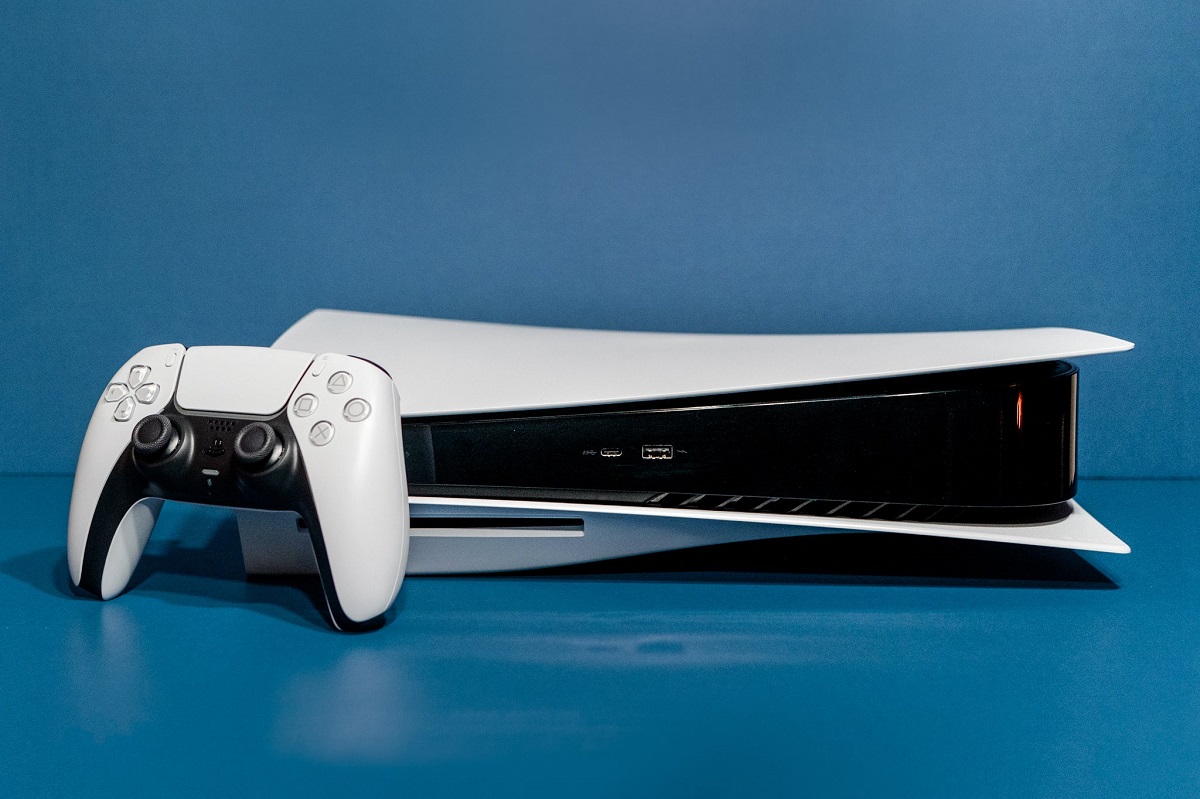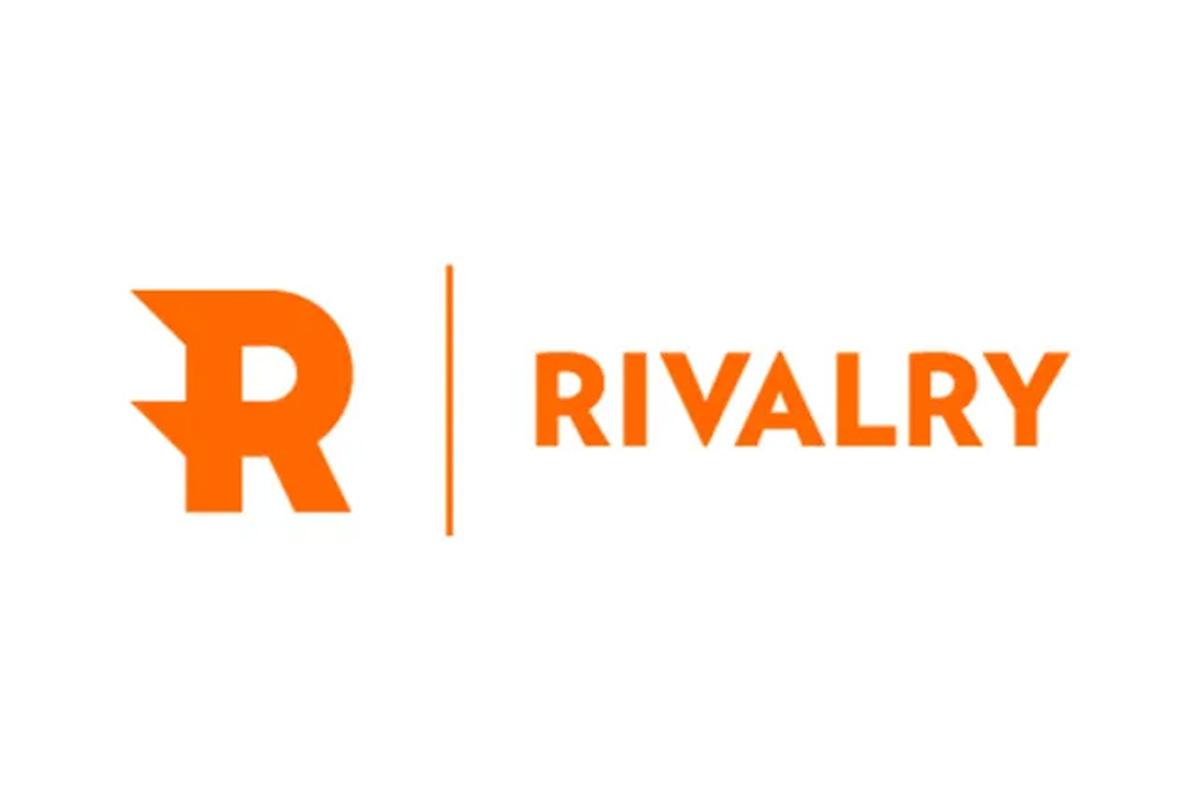
Gaming Console Market Valued USD 34.3 Billion in 2020 and Projected to Grow at 5.37% CAGR During 2021 to 2030 – Report by Market Research Future (MRFR)
According to a comprehensive research report by Market Research Future (MRFR), “Global Gaming Console Market information by Type, by Application, End User and Region – forecast to 2030“, market was settled at USD 34.3 BN in 2020, which is expected to expand further at 5.37% CAGR during the forecast period (2021-2030).
Key Players Involved In The Gaming Console Market:
- Microsoft Corporation (US)
- Sony Corporation (Japan)
- Nintendo Co., Ltd. (Japan)
- Valve Corporation (US)
- Logitech Inc. (Switzerland)
- NVIDIA Corporation (US)
- BlueStacks (US)
- PlayJam (UK)
- OUYA Inc. (US)
- Atari (US)
- Sega (Japan)
Huge Popularity of 3D Gaming Drives the Market
The gaming console market is constantly growing, witnessing vast demand. The rapidly growing gaming market drives the demand for these consoles. 2020 was a dynamic year for the online gaming & gambling market. Besides, government initiatives for supporting the online gaming industry and subtle federal restrictions allow the gaming console market to garner significant revenues. With more legal breakthroughs expected in gaming in 2021 and beyond, the market is expected to garner significant gain in the years to come.
Players like Sony, Microsoft, and NVIDIA are seeing new opportunities to foster their global footprints markets that could mean big things. This also means that gaming console markets would garner significant traction worldwide during the years ahead. Besides, advances in various related technologies are expected to foster the global gaming console market size.
Industry Trends:
Rapid improvements in networking technologies and gaming platforms are projected to increase the gaming console market size, registering significant revenue growth and user screen time. Moreover, the growing adoption of smartphones and vast developments in technologies such as virtual reality (VR) and artificial intelligence (AI) are major trends accelerating the demand for gaming consoles.
The rising popularity of 3D video games and increasing numbers of e-sport tournaments boost market revenues. Besides, the rising popularity of competitive games and increasing numbers of gamers influence the market growth. The gaming industry is evolving and rebuilding with the growth in technological upgrades. Advancement in core wireless connectivity is also a major factor positively impacting the market growth.
The advancement in wireless connectivity is anticipated to drive the gaming console market in future years. The 5G technology has opened new avenues in the connectivity landscape and transformed the gaming industry. Therefore, countries worldwide are investing heavily in 5G technology to gain broader microeconomic advantages.
Also, there has been a rapid increase in the adoption of Bluetooth, Wi-Fi and other communication technologies. Wi-Fi 6 and IoT are the major developments in wireless connectivity. Wi-Fi 6 offers groundbreaking possibilities for developing new products across the gaming industry.
Besides, the extensive uptake of online games in the education, media & entertainment sectors has allowed the market to garner vast momentum in recent years. The rising adoption of cloud gaming and increasing numbers of gaming arenas influence the market value. Also, the wide commercial and personal uses impact the cloud gaming market share.
Prohibitive Cost is a Major Headwind
On the other hand, the high costs of gaming consoles restrict market growth. Also, the lack of skilled professionals poses challenges to the growth of the gaming console market in some countries.
Segmentation:
The gaming console market is segmented into types, applications, end-users, and regions. The type segment is bifurcated into home console, handheld console, hybrid console. The application segment is bifurcated into gaming and non-gaming. The end-user segment is bifurcated into personal and commercial. The region segment bifurcated into North America, Europe, Asia-Pacific, Middle East & Africa, and rest-of-the-world.
Regional Analysis
North America dominates the global gaming console market due to the rapidly growing gaming market in the region. Besides, increased demand for gaming consoles and improved Internet connectivity with high reliability boosts the market size in this region. The strong presence of key gaming console manufacturers, such as Microsoft, Valve Corporation, and NVIDIA, drives the regional market growth.
Also, various online gaming tournaments create significant demand for gaming consoles. Gaming is a rapidly growing segment in the entertainment industry in the US, encouraging the sales of the latest gaming devices and thus, contributing to the gaming console market shares in North America.
COVID-19 Impact
The onset of COVID-19 boosted the already booming gaming console industry, increasing public interest in online gaming. The pandemic and lockdown mandates worldwide allowed people more free time to involve in gaming and leisure activities. Besides, social distancing mandates are increasing the uptake of gaming accessories.
Also, increased uses of various cloud gaming services allow the gaming console market to witness a constant uptick over the past few months. Additionally, increasing investments by industry players to foster R&D activities offer significant market opportunities.
Competitive Analysis:
The gaming console market is expected to witness significant product launches and several strategic initiatives, such as collaborations, mergers & acquisitions, expansion, and product launches. Matured industry players make substantial strategic investments in research and development activities and foster their expansion plans.
For instance, recently, on Jan.11, 2022, Tencent Holdings (China) announced its plan to acquire Chinese gaming phone company Black Shark to build its own metaverse. The metaverse is a logical strategy for Tencent, and hence, this move would position Tencent in the leading place.
Tencent Holdings is the majority-owner of Tencent Music Entertainment and owner of WeChat and QQ Messenger. Black Shark is currently focusing on gaming-centric phones and hardware accessories, which will change to building virtual reality hardware. Technology giant Xiaomi is the majority shareholder in Black Shark currently.
In another instance, on Jan.05, 2022, Educational software company Picoo announced the development of a new video game console named after the company itself. The Picoo is a screen-less gaming console.
The new console looks like a PlayStation Move controller and comes with a one-handed remote, a wrist strap, and glowing light. It doesn’t have any buttons other than an On/Off switch. Instead, it uses a speaker, accelerometer, and vibration for play.









